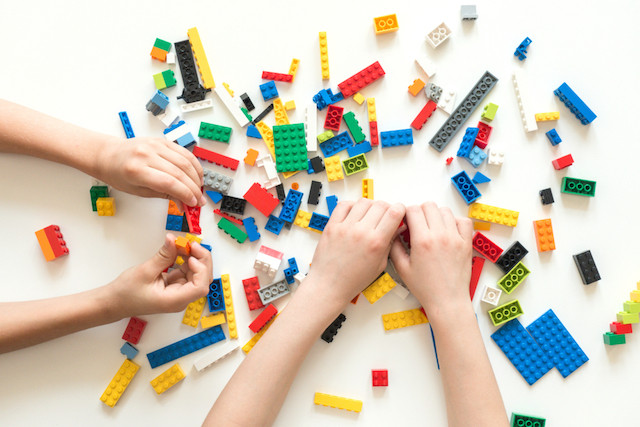A team of doctors who swallowed Lego and timed how long it took to pass through their bowels say the results of their research should reassure concerned parents.
In a paper published in the Journal of Paediatrics and Child Health, six researchers from Australia and the UK swallowed the head of a Lego figure – roughly 10mm by 10mm – in the “noble tradition of self-experimentation”.
Toy parts are the second most common foreign object that children swallow, and frequently cause anxiety among parents, but usually pass in a matter of days without pain or ill-effect.
For the special Christmas edition of the journal, which frequently features quirky studies, the team decided to put their own bodies on the line. “[We] could not ask anything of our test subjects that we would not undertake themselves,” they wrote in their paper.
They developed their own metrics: the Stool Hardness and Transit (Shat) score and the Found and Retrieved Time (Fart) score.
The Fart score – how many days it took the Lego to pass through the bowels – was between 1.1 days and three days, with an average of 1.7 days.
Using the Shat score, the researchers also found the consistency of their stools did not change. They compared Shat and Fart scores to see if looser stools caused quicker retrieval but found no correlation.
One of the report’s authors, Grace Leo, said she hoped the report made people smile while also reassuring parents. She said parents should seek medical advice if children swallow things that are sharp, longer than 5cm, wider than 2.5cm, magnets, coins, button batteries or are experiencing pain.
But most small, smooth, plastic objects will pass easily.
If parents are uncertain, they should seek medical attention, Leo added.
“I can’t remember if it was pre or post-breakfast,” she said. “But we all ingested our Lego between 7am and 9am in our own time zone, with a glass of water.
“For most people it was passed after one to three stools. But for poor [researcher Damien Roland], he didn’t find his, so we made him search every stool for two weeks. I passed it on the first stool afterwards and was very relieved.”
None of the researchers experienced any symptoms or pain due to the Lego inside them. But Leo said people should not replicate the experiment at home.
The report noted that it was possible children’s bowels would react differently but there was “little evidence to support this”.
“If anything, it is likely that objects would pass faster in a more immature gut,” they wrote.
Leo said: “Hopefully there is more conversation and awareness of foreign bodies, and a reassurance for parents that, for small foreign bodies, they aren’t advised to search through the stool.
“If it’s a small Lego head, you don’t need to go poking through their stool. That should save parents some heartache, unless that Lego head is dearly loved.”
By Naaman Zhou
